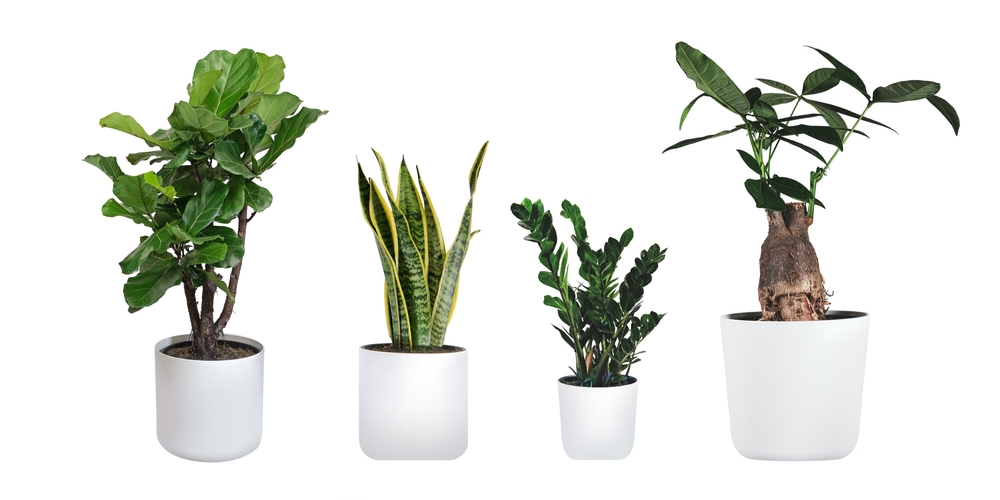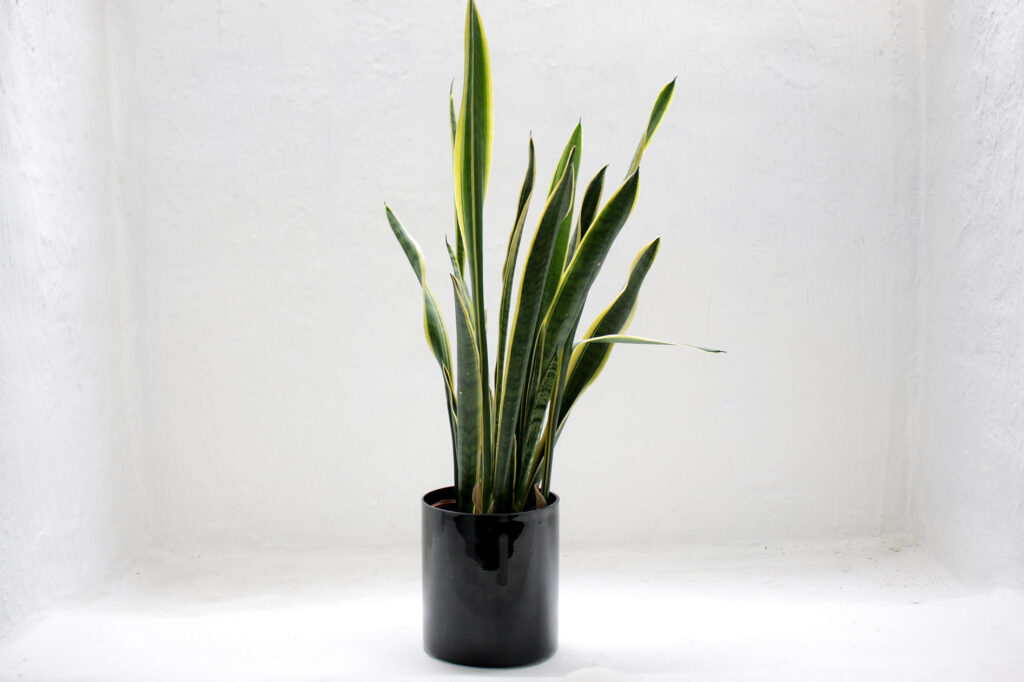Transform your bedroom into a serene oasis and unlock the secret to a restful night’s sleep with indoor plants! It’s not just about adding a touch of greenery to your space; these leafy companions offer surprising benefits that can significantly enhance the quality of your slumber.

Nature’s Sleep Enhancers: The Power of Plants
Air Purification: A Breath of Fresh Air
Imagine drifting off to sleep in a room filled with not only the soothing scent of flowers but also the assurance that the air you’re breathing is clean and pure. This idyllic scenario is not only achievable but can significantly contribute to a more restful sleep, thanks to nature’s sleep enhancers: plants.
Many indoor plants, including the snake plant and peace lily, are natural air purifiers. These green companions are not just aesthetically pleasing; they’re hard at work detoxifying the air you breathe. Here’s how they do it:
1. Toxin Absorption: Plants have a remarkable ability to absorb harmful toxins from the air through tiny openings in their leaves. Common indoor pollutants like formaldehyde, benzene, and trichloroethylene are captured by these botanical superheroes.
2. Oxygen Emission: In return for their cleansing efforts, plants release oxygen during photosynthesis, which, of course, is excellent news for your respiratory health. This increase in oxygen levels can lead to better sleep, as improved air quality promotes relaxation and enhances overall well-being.
Humidity Regulation: A Soothing Oasis
Another vital aspect of creating the ideal sleep environment is maintaining the right level of humidity. Dry air can lead to discomfort, exacerbate respiratory issues, and disrupt sleep. Fortunately, some plants excel at naturally increasing room humidity, helping you achieve a more peaceful night’s sleep. Here’s how they work their magic:
1. Moisture Release: Plants like the areca palm and spider plant have specialized cells in their leaves called stomata that release moisture into the air. This process, known as transpiration, gradually increases humidity levels in the room.
2. Respiratory Relief: Adequate room humidity can be especially beneficial for individuals who suffer from respiratory issues like allergies, asthma, or dry throat and sinuses. The added moisture can help soothe and hydrate the respiratory system, making it easier to breathe and sleep peacefully.
3. Skin Comfort: Dry air can also lead to dry, itchy skin. By maintaining optimal humidity, these humidity-regulating plants contribute to skin comfort, reducing the chances of waking up with parched skin in the middle of the night.

Creating a Sleep-Inducing Atmosphere
- Soothing Aesthetics: The presence of plants can create a calming and relaxing environment. Greenery has a psychologically soothing effect, reducing stress and promoting relaxation before bedtime.
- Fragrance and Aromatherapy: Certain plants, like lavender and jasmine, release sleep-inducing aromas. These scents can lower heart rate and blood pressure, setting the stage for a peaceful night.

Selecting the Right Plants for Your Sleep Sanctuary
Choose Low-Light Tolerant Plants: Incorporating plants into your bedroom requires selecting varieties that can thrive in lower light conditions. Here are some excellent options:
- Philodendrons: Known for their heart-shaped leaves and easy care, they can grow well in low-light environments.
- ZZ Plants: With their waxy, dark green leaves, ZZ plants are not only stylish but also highly resilient in low-light conditions.
- Spider Plants: These are great for hanging baskets and are effective at purifying indoor air.
- Snake Plants: Known for their tall, upright leaves, snake plants are almost indestructible and can survive in very low light.
- Pothos: These plants have trailing vines with heart-shaped leaves and are very forgiving, thriving in low light and irregular watering.
- Peace Lilies: While they bloom best with more light, peace lilies can still survive and purify air in low-light conditions.
Mindful Placement:
- Place your chosen plants in areas where they can be enjoyed but won’t clutter your sleep space. For example:
- Small plants like pothos or philodendrons on a bedside table.
- Spider plants or peace lilies in a corner that receives indirect light.
- Hanging planters with trailing vines can add a touch of green overhead without taking up floor space.
By choosing the right plants and positioning them thoughtfully, you can create a tranquil, sleep-friendly environment enhanced by the natural beauty and benefits of indoor greenery.

Introducing indoor plants into your bedroom isn’t just an aesthetic choice; it’s a step towards healthier, more rejuvenating sleep. As they purify the air, regulate humidity, and offer calming effects, these green companions might just be the missing key to unlocking your best sleep yet.
Transform your sleep experience with the natural power of indoor plants and wake up to mornings filled with vitality and freshness!

